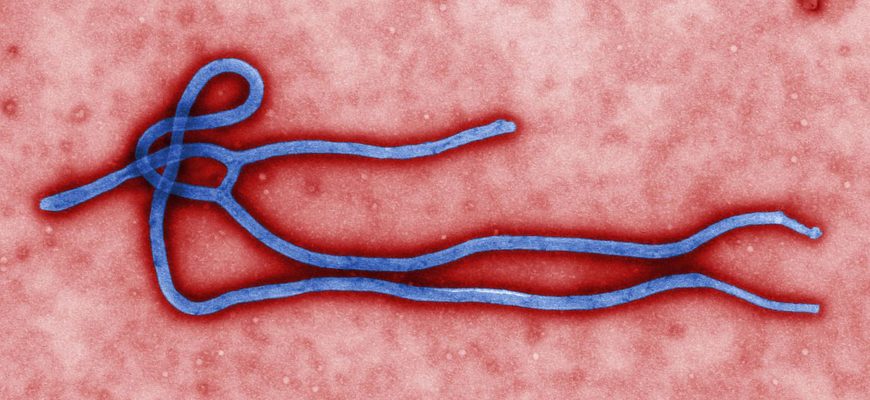After its initial outbreak almost 40 years ago in the Democratic Republic of Congo (DRC), the Ebola Virus is back and spreading fast. However, this time, global health experts have an experimental vaccine up their sleeves which might just end up making all the difference.
The Ebola Virus was first discovered in 1976 near the Congo River, in what is now the DRC. Throughout the years, the virus had multiple outbreaks in several African countries. As of May 21, 58 cases, including 27 deaths, have been reported from the DRC.
The scene at an Ebola quarantine site.
Image Source: John Wessels
According to the CDC, Ebola Virus Disease (EVD) is caused by an infection from one of five known virus species: Zaire ebolavirus, Sudan ebolavirus, Taï Forest ebolavirus, Bundibugyo ebolavirus, and Reston ebolavirus, which only causes disease in non-human primates. The virus causes problems with how your body clots blood, which can lead to internal bleeding, according to John’s Hopkins. Symptoms can develop anywhere from 2 to 21 days after infecting, and include fever, intense weakness, muscle pain, headache, and sore throat. Ebola spreads to people through direct contact of bodily fluids with a person or animal who is sick with EVD. Those infected are placed in isolation, and their symptoms are treated by providing fluids and electrolytes intravenously, providing oxygen therapy to maintain oxygen status, treating any other infections if they occur, and using medications to maintain blood pressure, reduce vomiting and diarrhea, and manage fever and pain. The Zaire virus, one of the most common, can kill up to 90% of those infected.
After the 2014 outbreak in Sierra Leona, where the virus spread out of control and claimed over 11,000 lives, the world finally began to take notice. Development of an EVD vaccine had been in the works for decades, but it wasn’t until 2014 that manufacturers found the incentive to market. Late in 2014, rVSV-ZEBOV, a vaccine developed by the Canadian government in the mid-2000s, was tested, with one study showing a 100% effectiveness rate. Merck is now manufacturing the vaccine in large quantities. In addition to rVSV-ZEBOV, Johnson & Johnson is in the late stage of development for a booster-style vaccine that has already been tested on thousands of volunteers.
The Ministry of Health is leading the response, with the support of the World Health Organization, Médecins Sans Frontières (MSF), United Nations International Children’s Emergency Fund (UNICEF) and other partners. Their main priorities are to strengthen contract tracing, laboratory capacity, infection prevention and control, case management, community engagement, safe and dignified burials (to prevent burial rituals that may spread the disease), response coordination, and finally, vaccination.
Feature Image Source: Ebola Virus Virion by Cynthia Goldsmith.










